On hydro, roads, beavers… and you
I drove under a hydro corridor last week on the way to a client’s cottage. Not just any hydro corridor – it was the big, high-voltage line that strides across the Highlands.
And you know what? It’s one of the most beautiful, biodiverse places I’ve seen for a long while. I got out of the car to a cacophony of insects – a sign of a thriving ecosystem. You can see pictures below.
It’s not just hydro corridors. Look at our roadsides. The summer purple of Joe Pye weed and swamp milkweed are replaced with the blue of asters and the yellow of goldenrod. It’s stunning – and buzzing.
(A sidebar: Stop blaming goldenrod for your allergies. Its pollen is too heavy to get up your nose. The real culprit is ragweed, which looks similar.)
Some dismiss roadsides and hydro corridors as garbage – disturbed land full of weeds. But I’m going to say the opposite: yes, they are disturbed and humans have done the disturbing, but that can be a good thing for nature.
Buzz under the wires
Power companies, including Hydro One, are turning away from the scorched earth practices of the past, where chemicals were sprayed indiscriminately. Now they are starting to use a method that controls vegetation in a nuanced way and ends up increasing biodiversity.
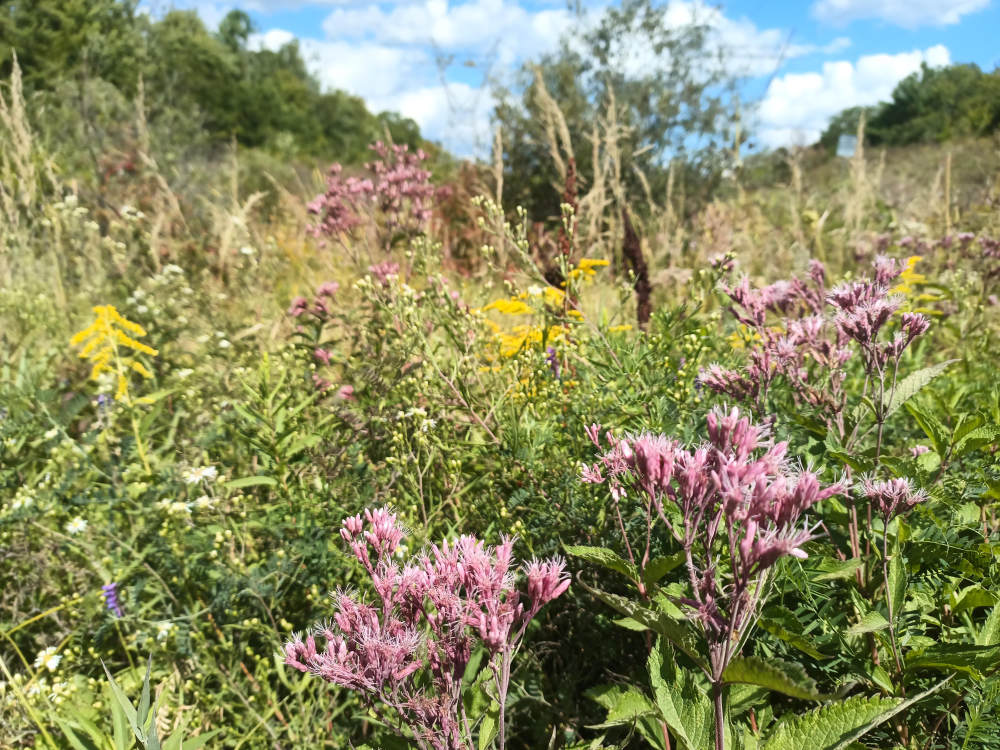
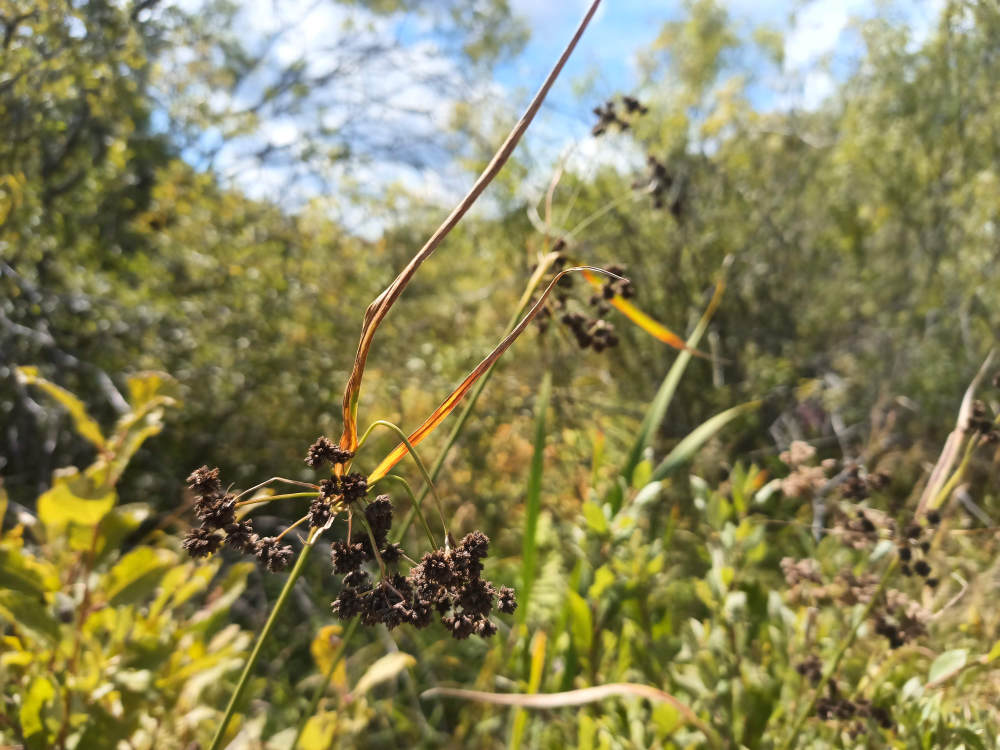
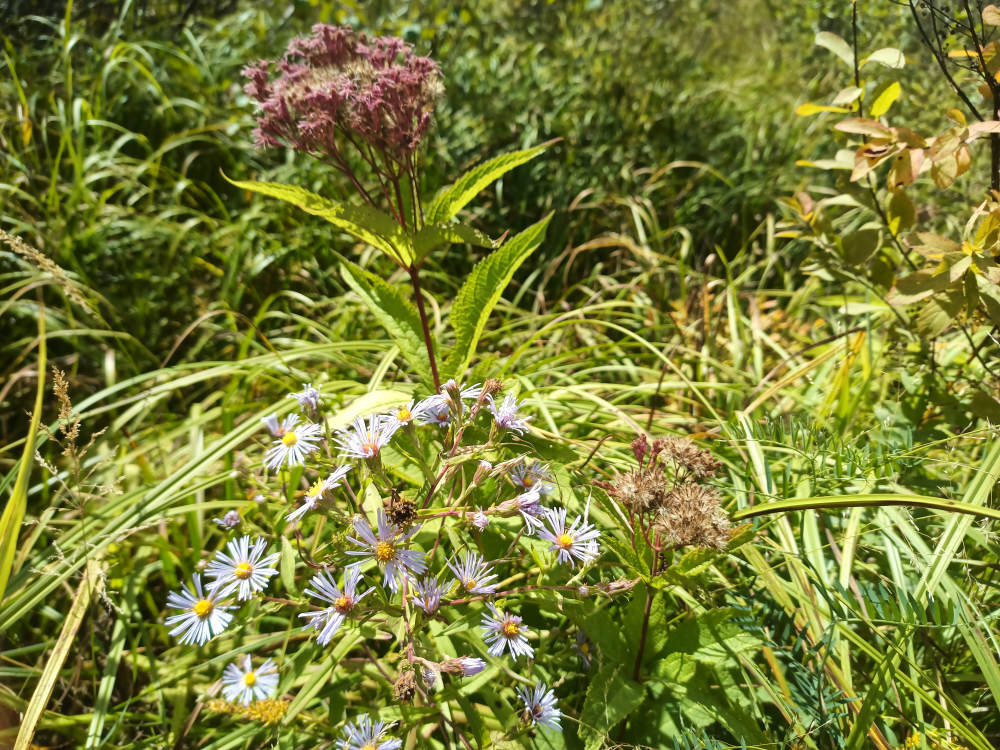
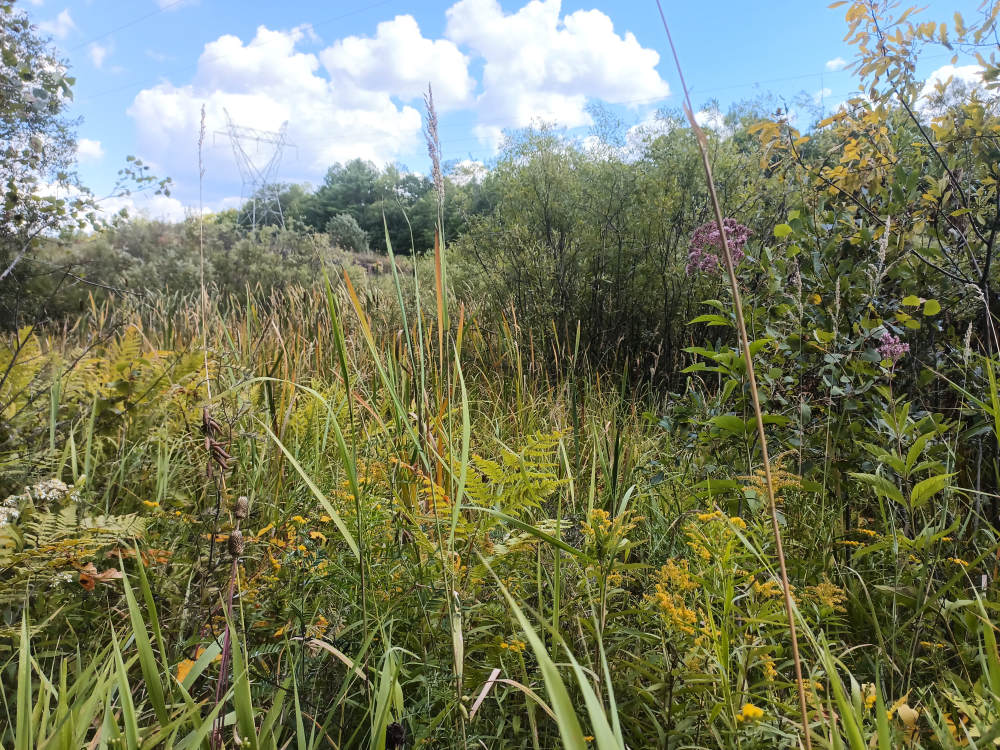
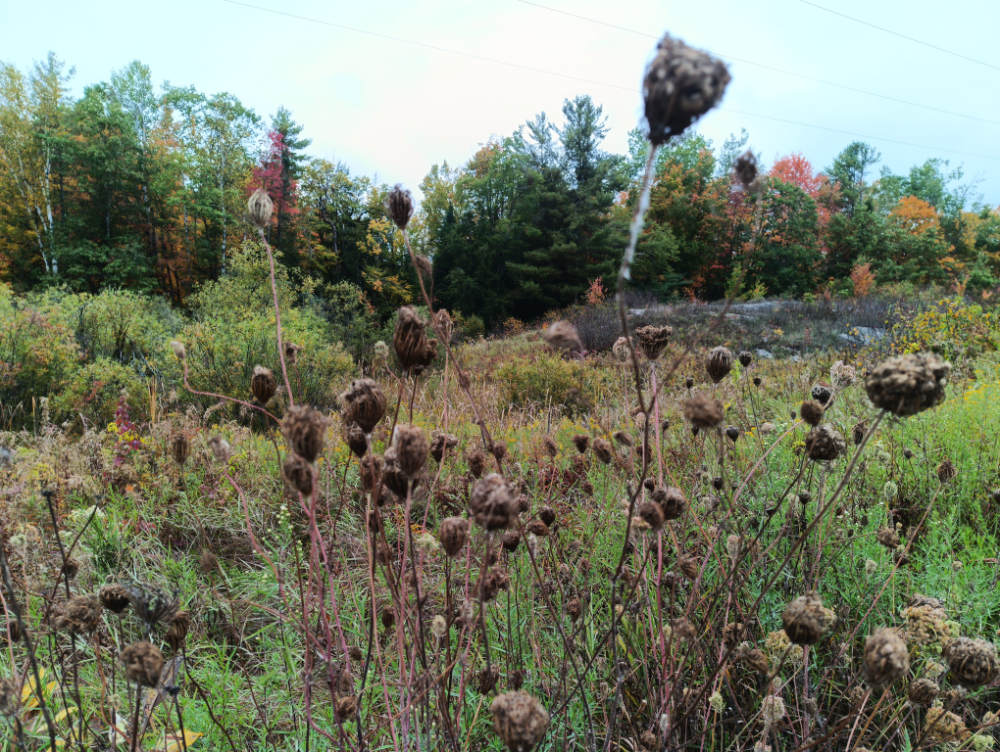
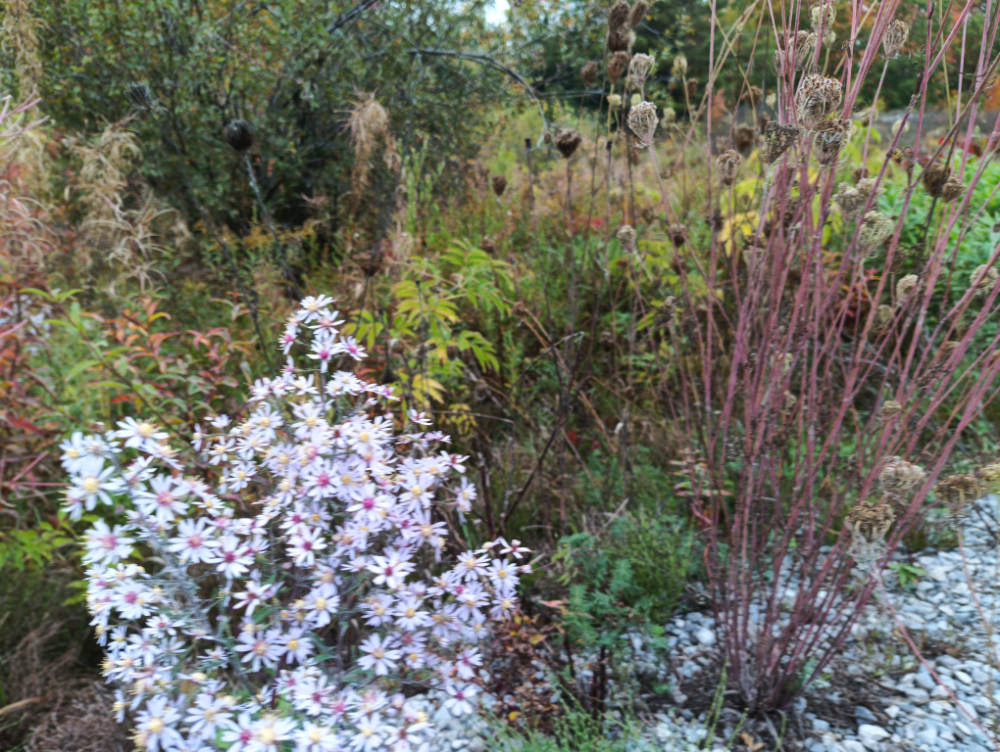
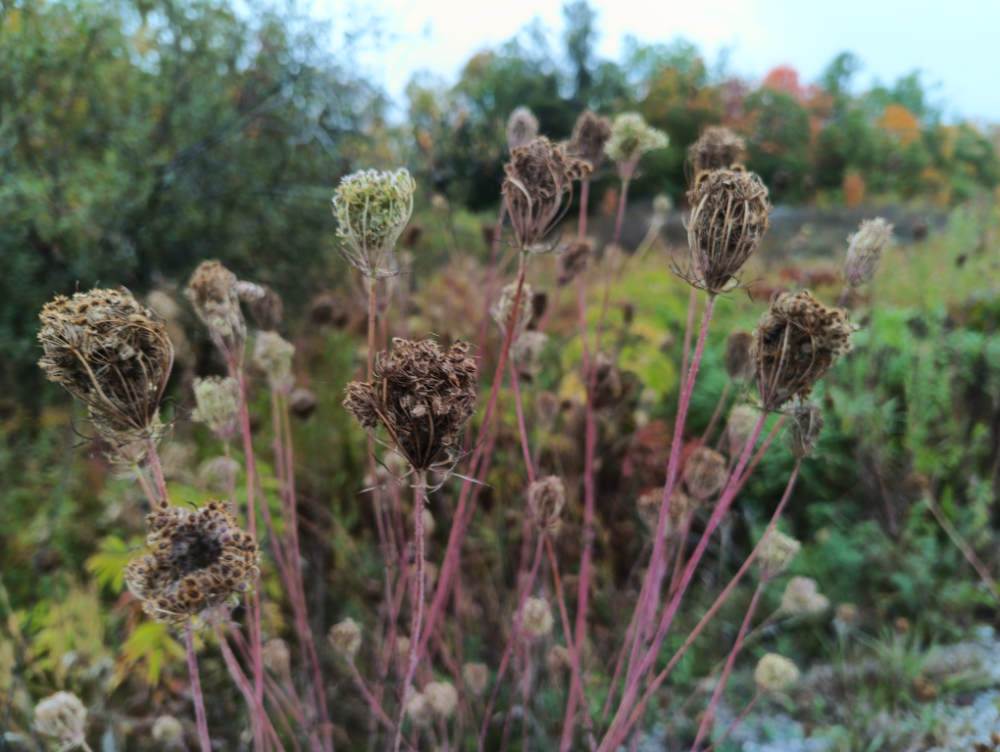
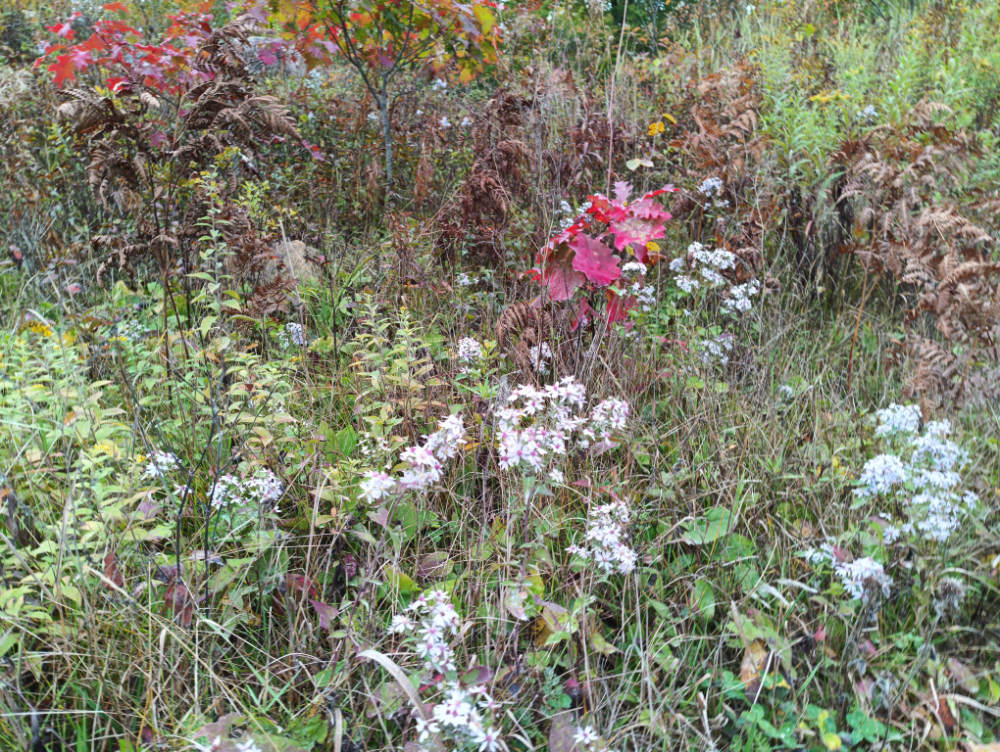
They’re arresting ecological succession at a sweet spot between the sterile monocultures of frequent mowing and the closed canopy forest of a climax community. Sun-loving herbaceous plants and low-growing shrubs get enough light to thrive, and the less frequent disturbance allows a complex community to develop. That’s why I saw such a stimulating vista of flowers and textures on the road to my client. Yes, it was done for our own desires for reliable power, but why can’t we help the rest of nature, too?
If the 150,000 km of corridors Hydro One manages is a lot, consider our roadsides, which spread like a web across the province. If these are disturbed two or three times a year, they hit that same sweet spot between impoverished shorn grass and closed canopy forest. Iowa is restoring 50,000 acres of prairie along its roadsides just like this.
Both these examples get me thinking about beavers. While their flooding and occasional burst dams can be a problem, the fact remains that they increase biodiversity. Just like our hydro and roads crews, they are disturbing their ecosystems at that early-succession sweet spot. They’re creating sunny wetlands in what would be forest. The only difference is that beavers do it instinctively.
Beautiful disturbance
Home and cottage owners can be beavers, too – just with foresight. While we disturb an ecosystem to build our homes, we can do it with thought and create a rich, biodiverse early succession habitat that pleases us and pleases the rest of nature.
There isn’t a divide between “untouched wilderness” and human destruction. Instead, there can be thoughtful disturbance that serves everyone’s interests.
What if our cottages can provide connections between communities, just like our hydro corridors and roads? Imagine if we had corridors of biodiversity around our lakes, open areas that stayed open through careful stewardship, increasing complexity over time.
The client’s landscape I was working on was beautiful, but it wasn’t nearly as biodiverse as the nearby hydro corridor. But as the plants were waiting in their pots ready to go in the ground, I noticed a bee on the zig-zag goldenrod.
It felt like we were doing the right thing.
